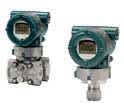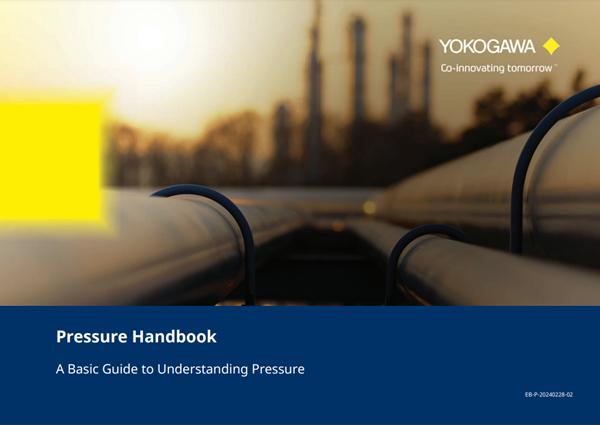What Is a Gauge Pressure Transmitter?
A gauge pressure (GP) transmitter compares a process pressure against local ambient air pressure. Gauge pressure transmitters have ports to sample the ambient air pressure in real-time.
Today’s highly accurate gauge pressure sensors can be affected by fluctuations in the local ambient pressure. Measurements above the ambient air pressure are represented as a positive number, while a negative number represents measurements below ambient. A gauge pressure measurement is indicated by the letter ‘g’ following the unit of measure of the reading (i.e., inH₂O(g) or psig).
What Are the Benefits of Gauge Pressure Transmitters?
Yokogawa gauge pressure solutions include traditional mount and in-line mount transmitters, all featuring Yokogawa DPharp technology to deliver accurate, repeatable, and fast-responding gauge pressure measurements.
Common Industrial Applications
- Open tank level
- Line pressure in a pipe
- Blanket pressure in a tank
Which Series Is Right for You?
-
EJA530E
In-Line Mount Gauge Pressure Transmitter
-
EJX530A
In-Line Mount Gauge Pressure Transmitter
-
EJX630A
In-Line Mount High Performance Gauge Pressure Transmitter
-
EJA430E
Traditional-mount Gauge Pressure Transmitter
-
EJX430A
Traditional-mount Gauge Pressure Transmitter
-
EJA440E
Traditional-mount High Gauge Pressure Transmitter
-
EJX440A
Traditional-mount High Gauge Pressure Transmitter
Details
Which Series Is Right for You?
 |
 |
|
| EJA-E Series | EJX-A Series | |
|---|---|---|
| Accuracy | ||
| ± 0.025% | • | |
| ± 0.040% | • | • |
| ± 0.055% | • | |
| Stability | ||
| ± 0.1% of URL per 15 years | • | |
| ± 0.1% of URL per 10 years | • | |
| Response Time | ||
| 90 msec | • | • |
| Safety | ||
| FMEDA Report | • | • |
| IEC 61508 Certified (SIL 2) | • | • |
| Specification Conformance | ||
| ±3σ | • | • |
Resources
Yokogawa DPharp EJA/EJX Pressure transmitters do not need frequent re-zeroing due to superior long term stability, it contributes to reduce maintenance time.
Download this eBook and learn:
- The basic physics of pressure
- Different types of pressure sensors
- Features of pressure transmitters
- Pressure transmitters communications standards
- Key characteristics of pressure
- Common types of diaphragm seals
Downloads
Brochures
Looking for more information on our people, technology and solutions?
Contact Us
